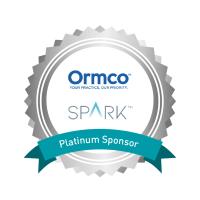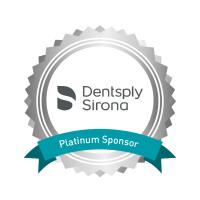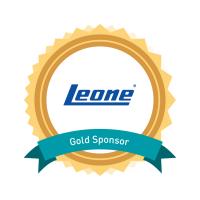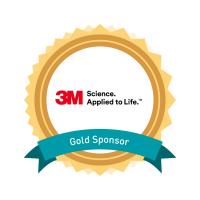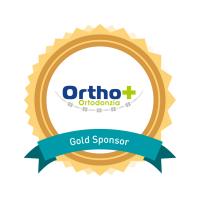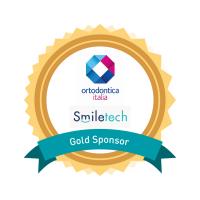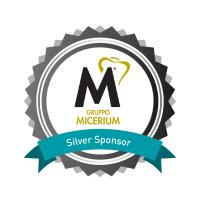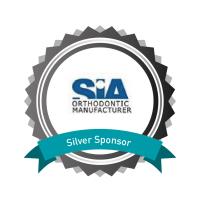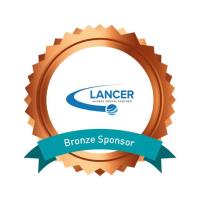Abstract
Treatment Acceleration: a Pathway to Efficiency
Patients and clinicians agree that the duration of orthodontic treatment is too long! Longer treatment times are costly and increase the risks of root resorption, decalcification of teeth and patient burn-out. To mitigate these effects, various adjunctive surgical procedures have been introduced to facilitate tooth movements. Attempts to speed up tooth movements surgically date back to the 1800s. In 2001, surgical approaches were brought back into vogue with the reintroduction of corticotomies. It will be shown that the experimental and clinical evidence clearly shows that corticotomies enhance tooth movements, but the duration of the effects are limited. The healing that takes place is too rapid for meaningful amounts of tooth movement. More recently, the trend then was toward less invasive procedures such as piezocision, vibrational forces and mico-osteoperforations. It will be shown that the less invasive procedures produce less tooth movements, with the least invasive procedures producing no clinically meaningful effects. The less invasive procedures have little or no effect because rates of tooth movement depend on the extent of the injury. In order to move teeth faster, more invasive surgical techniques and higher forces are required. Two approaches -periodontal and dentoalveolar distraction osteogenesis -will be introduced that make it possible to move teeth 1-2 mm per day! Recently completed experiments show that distraction osteogenesis produces excellent bone and that the teeth moved at such rapid rates are vital.
Learning Objectives
After this lecture, you will be able to understand that rates of orthodontic tooth movements can be enhanced surgically.
After this lecture, you will be able to appreciate that the rates of surgically enhanced tooth movements depend on rates of healing and the invasiveness of the procedures performed.
After this lecture, you will be able to understand why it is necessary to properly prepare the sites and use distraction osteogenesis to produce the fastest rates of tooth movement possible
Learning Objectives
After this lecture, you will be able to understand that rates of orthodontic tooth movements can be enhanced surgically.
After this lecture, you will be able to appreciate that the rates of surgically enhanced tooth movements depend on rates of healing and the invasiveness of the procedures performed.
After this lecture, you will be able to understand why it is necessary to properly prepare the sites and use distraction osteogenesis to produce the fastest rates of tooth movement possible





